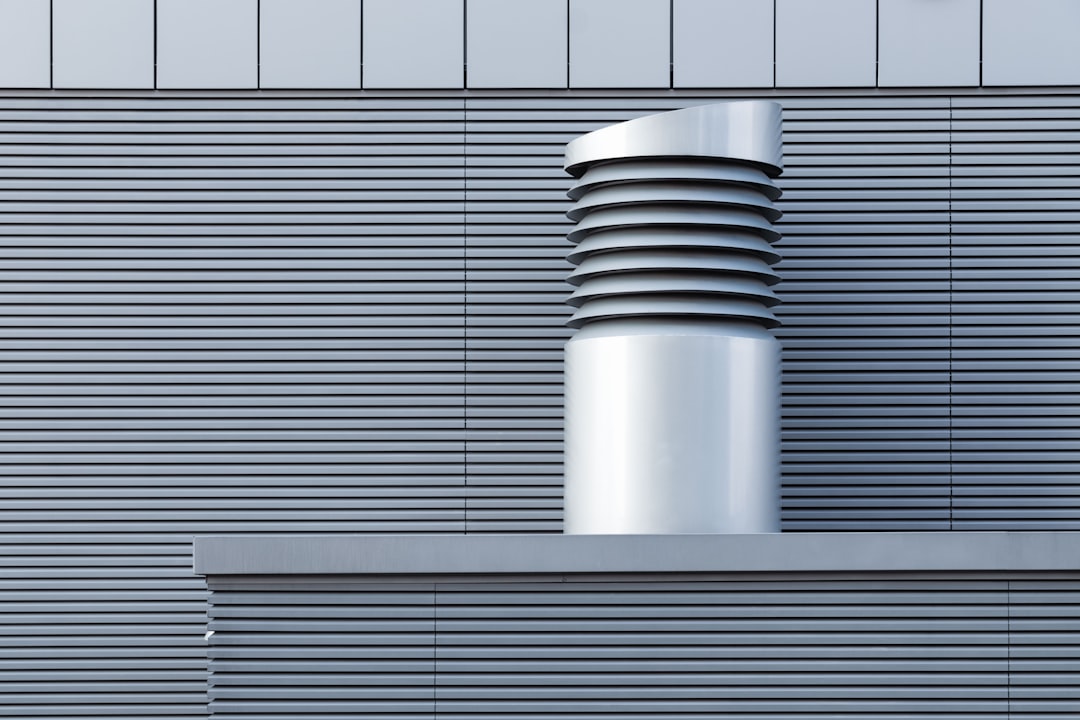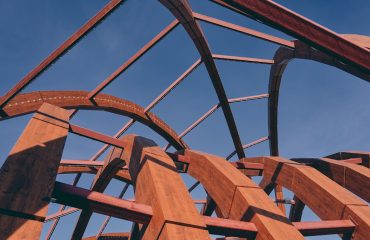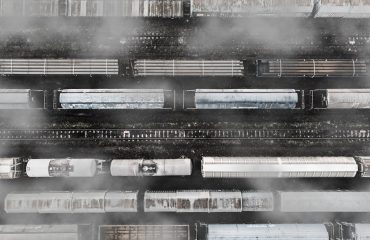API 5L is a globally recognized standard specifying the requirements for line pipe used in the oil and gas industry. Understanding this standard is crucial for anyone involved in the design, manufacturing, procurement, or inspection of pipelines. This comprehensive guide will delve into the intricacies of API 5L, providing a clear and concise explanation of its key aspects.
Understanding API 5L Specifications
API 5L, officially titled “Specification for Line Pipe,” is published by the American Petroleum Institute (API). It outlines the requirements for seamless and welded steel line pipe intended for transporting liquids and gases in pipelines. The standard covers various aspects, including material specifications, manufacturing processes, dimensions, tolerances, testing procedures, and marking requirements. It ensures that the pipe meets the stringent demands of the oil and gas industry, guaranteeing safety, reliability, and longevity of pipelines.
The standard is divided into several sections, each addressing a specific aspect of line pipe production and quality control. These sections cover everything from the chemical composition of the steel to the hydrostatic testing procedures used to verify the pipe’s integrity.
API 5L Grades and Their Applications
API 5L specifies various grades of line pipe, each designated by a grade designation (e.g., X42, X52, X65, X70, etc.). The “X” denotes the minimum specified yield strength in thousands of pounds per square inch (ksi). Higher grade designations indicate higher yield strength and consequently, greater pressure resistance. The choice of grade depends on the specific application, considering factors such as operating pressure, temperature, and environmental conditions.
For instance, X42 might be suitable for low-pressure gathering lines, while X70 or even higher grades are required for high-pressure trunk lines transporting large volumes of hydrocarbons over long distances. The selection process also considers factors like the pipe’s diameter and wall thickness. The API 5L specification also includes grades for low-temperature applications, ensuring pipeline integrity even in harsh arctic conditions.
Manufacturing Processes: Seamless, ERW, and LSAW Pipes
API 5L pipes are manufactured using three primary processes: seamless, electric resistance welded (ERW), and longitudinal submerged arc welded (LSAW). Each process has its own strengths and weaknesses, influencing the final properties of the pipe.
Seamless pipes are produced by piercing and rolling a solid steel billet, resulting in a homogenous structure with high strength and ductility. They are typically preferred for high-pressure applications and demanding environments. ERW pipes are manufactured by forming a steel strip into a cylindrical shape and welding the edges using electric resistance. This process is cost-effective for producing larger diameter pipes. LSAW pipes are created by welding a steel plate along its length, resulting in a pipe with good dimensional accuracy and high strength. This method is often chosen for large-diameter, high-pressure pipelines.
Testing and Quality Control in API 5L
Rigorous testing and quality control measures are integral to ensuring the integrity and reliability of API 5L line pipe. The standard outlines various tests, including:
- Chemical analysis: To verify the chemical composition of the steel meets the specified requirements.
- Tensile testing: To determine the yield strength, tensile strength, and elongation of the pipe.
- Bend testing: To assess the pipe’s ductility and its ability to withstand bending without cracking.
- Hydrostatic testing: To verify the pipe’s ability to withstand internal pressure without failure.
- Flattening test: To check the pipe’s resistance to flattening under compressive load.
- Non-destructive testing (NDT): Techniques like ultrasonic testing (UT) and radiographic testing (RT) are employed to detect internal flaws or imperfections.
These tests are crucial in ensuring that the manufactured pipes meet the specified quality standards and are fit for their intended purpose. The frequency and type of testing depend on factors such as the pipe grade, diameter, wall thickness, and application.
PSL1 and PSL2: Understanding the Pressure Levels
API 5L introduces the concept of Pressure Level (PSL) to categorize line pipes based on their intended operating pressure. PSL1 represents pipes designed for lower operating pressures, while PSL2 is for higher operating pressures. The choice between PSL1 and PSL2 depends on the specific pipeline design parameters, including the maximum allowable operating pressure and safety factors.
The higher PSL2 designation necessitates stricter manufacturing tolerances and more rigorous testing procedures to ensure that the pipe can withstand the increased pressure demands. This differentiation ensures that the pipeline system is adequately designed and constructed to safely handle the pressures involved in transporting hydrocarbons.
Understanding API 5L is essential for anyone working with line pipes in the oil and gas industry. This standard ensures the safety, reliability, and longevity of pipelines, which are critical infrastructure for the global energy supply. Adherence to API 5L specifications is paramount for minimizing risks and maximizing the lifespan of pipeline systems.
SEO-Friendly Tags:
- API 5L
- Line Pipe Standard
- Oil and Gas Pipelines
- Steel Pipe Grades
- API 5L Testing




